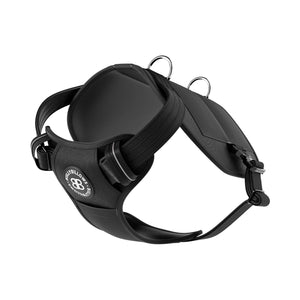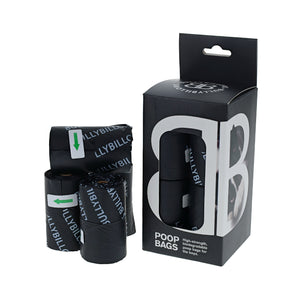As a pet owner, you might have seen your dogs’ gums becoming sticky. At times, their saliva could also have turned thicker than usual. These indications are evident to tell you that your dog is dehydrated!
Water is essential for humans and animals alike. It is crucial for our body to have enough water required for the smooth functioning of the organs. Dehydration is caused when your pets’ water intake is less than the fluid lost from their body.
What causes dehydration in dogs?
All-natural activities including panting, running and breathing drain your dogs out of fluids. It is thus vital for your pet to drink enough water and lessen the risk of dehydration with the help of consumed electrolytes.
If your dog’s water intake starts to decrease, they are likely to dehydrate, causing a significant drop in their blood flow. This reduced transportation of oxygenated blood leads to limited production of energy in specific organs of your body. Various other causes of dehydration in your pets include heatstroke, illness and diarrhoea.
Staying at one place for long hours due to lethargy can also lead to dehydration in your pet since it reduces their physical activity and needs for water. Unfortunately, dehydration in dogs can not be treated correctly at home, and you must seek medical help in such cases.
Signs of dehydration in dogs
There are multiple signs which help you identify if your pet is suffering from dehydration. These majorly include extensive weakness, dry nose, heavy panting and unusual eyes. In addition, reduced energy levels and being inactive also indicate the need for water and are a sign of dehydration.
Loss of skin elasticity is also considered to be a symptom of dehydration. You can check this by gently pulling your pet’s skin to notice the changes of its falling back. A well-hydrated dog’s skin tends to spring back to its original place immediately, whereas a dehydrated skin takes time to settle down.
How to prevent dehydration?
Excessive dehydration can cause life-threatening problems since reduced water in your dog can immensely affect other organs of their body as well. This is why immediate treatment is vital once you have identified the cause. Even if your dog is suffering from mild dehydration, consulting the veterinarian is advised. More often than not, delays in getting your dog to the vet can lead to an initial stage dehydration issue to become severe.
You can also serve your pets with an electrolyte solution if you notice any sign of dehydration in them. This is effective for a quick replacement of lost water and minerals in the body. Provide your dog with clean drinking water but don’t force him to immediately drink it as it can cause vomiting, further worsening the dehydration.
Dehydration is a specific type of disease that can also be fatal for your pet. This is why you must never ignore the early signs of the body but rather find effective treatment.
Stay tuned to Bully Billows and find more such content!































































